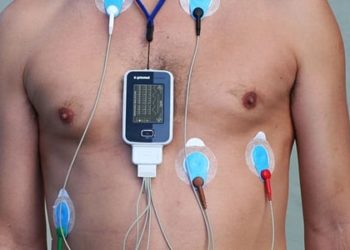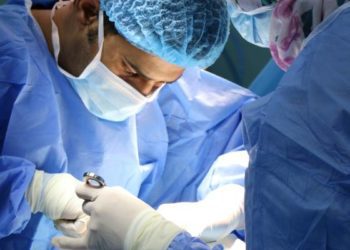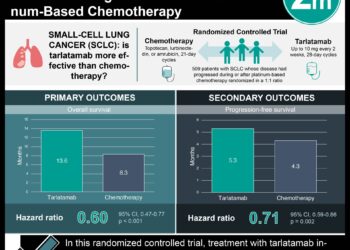Biofilm-producing staphylococci occlude eccrine sweat ducts in atopic dermatitis
Image: PD
1. Biofilm production by staphylococcal species found in normal skin flora occlude eccrine sweat ducts in atopic dermatitis (AD).
2. Specific staphylococcal species, including S. aureus and S. epidermidis, encompass the majority of biofilm producing bacteria in AD.
Evidence Rating Level: 2 (Good)
Study Rundown: Although occluded sweat ducts and resulting pruritus often suggest miliaria, AD must also be examined. With a faulty stratum corneum, staphylococcal flora may contribute to biofilm production and blockage of eccrine sweat ducts in AD. In this study, the authors obtained skin samples from AD patients and assessed staphylococcal flora, blockage of sweat ducts and presence of Toll-like receptor 2 (TLR2) in the stratum corneum. Biofilm presence on only lesional skin in addition to increased levels of S. aureus suggested biofilm-related sweat duct occlusion. Furthermore, observation of TLR2 adjacent to occluded sweat ducts supported activation of the innate immune system and downstream mediators of pruritus. Strengths of this study were in the design, as investigators showed biofilm production of staphylococcal strains in culture and AD skin but absence in non-lesional skin. Though this research supported the authors’ hypothesis, limitations include utilization of a small, isolated population and lack of biochemical evidence for the TLR2 pathway leading to itching, scratching and rash production. Future studies may investigate the biochemical pathways of biofilm properties and TLR2.
Click to read the study in JAMA Dermatology
In-Depth [prospective cohort]: This study collected 40 skin samples from patients with AD and 20 from control patients (10 inflamed skin and 10 non-inflamed skin) attending the Drexel University College of Medicine Dermatology Clinic. Staphylococcal species were identified using Staphaurex test kit, Mannitol Salt Agar plates and API Staph phenotypic systems and biofilm formation visualized using Congo red agar testing and Gram staining with brightfield microscopy. Isolates were also tested for antibiotic susceptibility. Results indicated that AD samples contained 42.0% S. aureus and 20.0% S. epidermidis, while controls showed 30.0% and 35.0% respectively. Additionally, 85.0% of isolates were considered “strong” biofilms and only presented on lesional skin. AD biofilms were observed under microscopic tissue examination and presence of block eccrine sweat ducts were noted. TLR2 immunohistochemical analysis revealed TLR2 activation in the stratum corneum adjacent to ductal occlusion in 10 out of 10 AD samples, while control samples showed staining in the basal layer of the epidermis only (P = .001, χ2). Isolates also demonstrated multidrug resistance, particularly towards erythromycin (85.7%), clindamycin (80.0%) and levofloxacin (65.7%).
More from this author: Video-based behavioral intervention benefits clinical skin examinations
©2012-2014 2minutemedicine.com. All rights reserved. No works may be reproduced without expressed written consent from 2minutemedicine.com. Disclaimer: We present factual information directly from peer reviewed medical journals. No post should be construed as medical advice and is not intended as such by the authors, editors, staff or by 2minutemedicine.com. PLEASE SEE A HEALTHCARE PROVIDER IN YOUR AREA IF YOU SEEK MEDICAL ADVICE OF ANY SORT.







